16+ Sample Property Fact Sheets
-
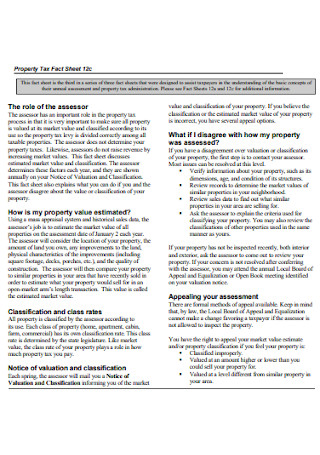
Property Tax Fact Sheet
download now -
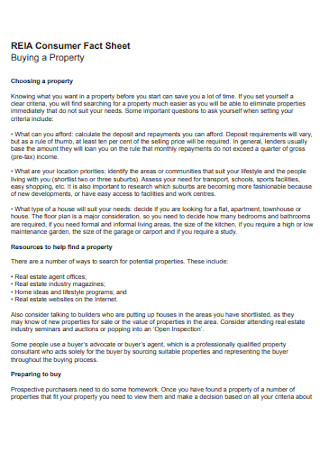
Consumer Property Fact Sheet
download now -
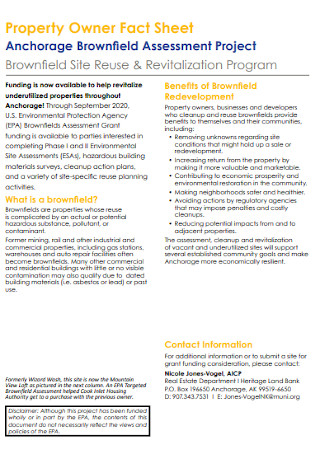
Property Owner Fact Sheet
download now -
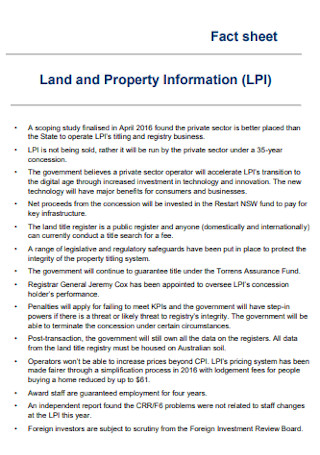
Land and Property Fact Sheet
download now -
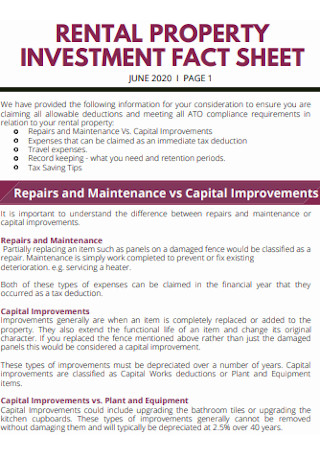
Rental Property Investment Fact Sheet
download now -
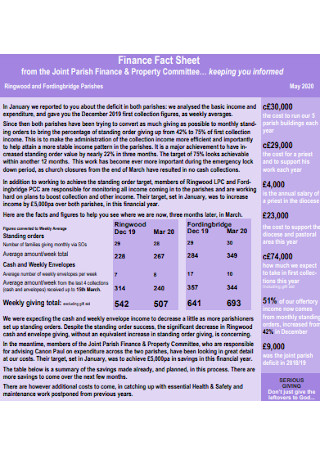
Sample Property Fact Sheet
download now -
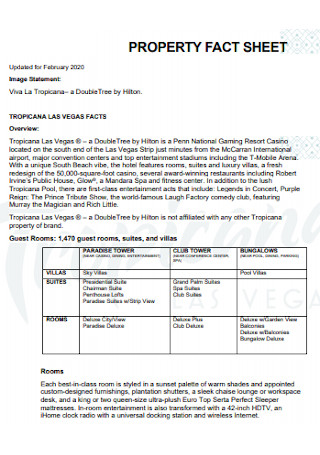
Property Financial Fact Sheet
download now -

School Property Fact Sheet
download now -
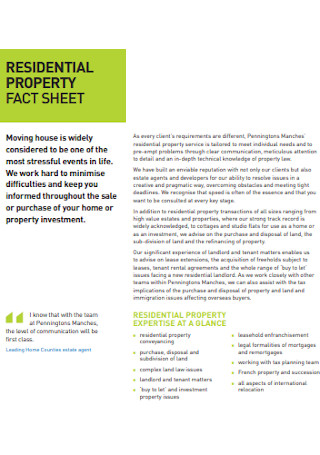
Residential Property Fact Sheet
download now -
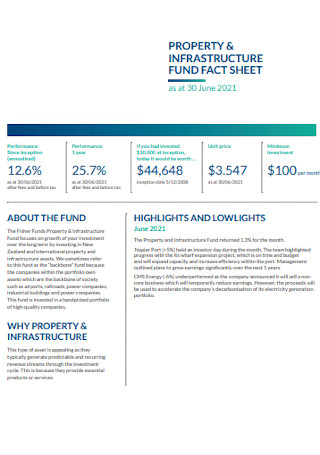
Property Infrastructure Fact Sheet
download now -
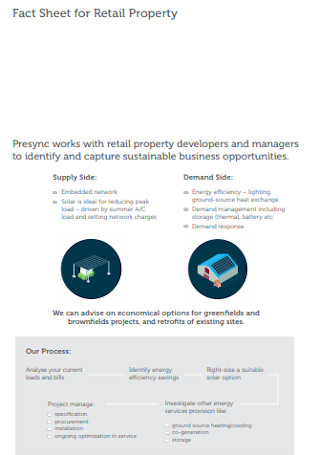
Fact Sheet for Retail Property
download now -
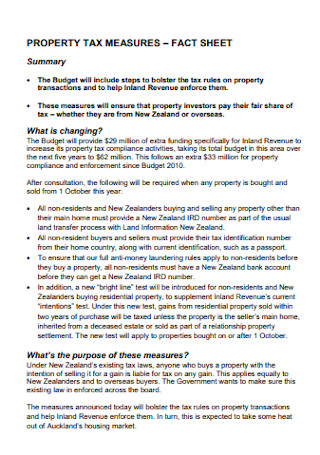
Property Tax Measure Fact Sheet
download now -
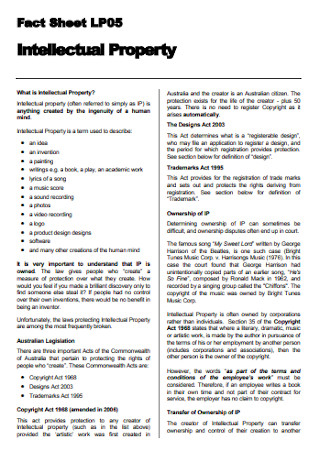
Intellectual Property Fact Sheet
download now -
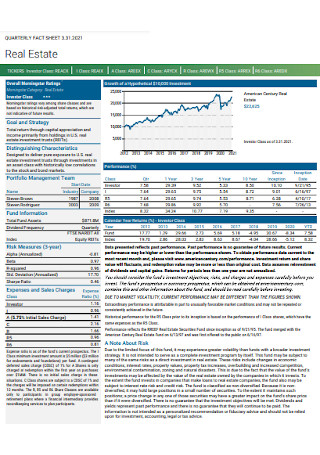
Real Estate Quality Fact Sheet
download now -
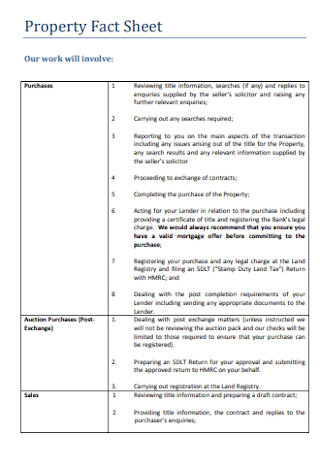
Property Fact Sheet Format
download now -

Property Fact Sheet for Students
download now -

Property Ownership Fact Sheet
download now
FREE Property Fact Sheet s to Download
16+ Sample Property Fact Sheets
What is a Property Fact Sheet?
Reasons for Using Property Fact Sheets
How to Create a Property Fact Sheet?
Additional Information That Needs to Be Clarified
Avoid These Pitfalls
FAQs
What is the purpose of a fact sheet?
Where to distribute property fact sheets?
Do properties need fact sheets?
What is a Property Fact Sheet?
A Fact Sheet definition is that it delivers captivating information in a clear and simple style to readers in your target audience. A fact sheet is a piece of paper or a digital document that provides information on a company, organization, product, service, campaign, event, or a more specific topic such as properties. A property fact sheet should, in general, focus on a single property and be no more than one page long, with a clear, easy-to-read layout. If you’ve never made one before, follow some of the general recommendations below and, feel free to choose which property info sheet template fits your preference.
Reasons for Using Property Fact Sheets
Since documents and brochures are frequently disseminated to the public, relaying information among potential buyers and clients are essential to notify them of certain details. Knowing how to create a property fact sheet is critical and will serve useful when in a scenario that immediate information needs to be released. Fact sheets may be one of the most basic, effective, and valuable tools for communicating in the public when utilized appropriately. Here are some of the most compelling reasons to start utilizing fact sheets for your property:
These are the reasons why you should start utilizing fact sheets to the public, or even in the office or with an organization because disseminating information and communicating with others is done with less hassle and more ease. They are highly effective, and readers are more inclined to read the full document due to their prompt delivery of information and layout.
How to Create a Property Fact Sheet?
The property fact sheet is intended to market important details about the home, such as its characteristics and pricing. Buyers should discover more about the home right away without waiting for the realtor to return their calls or referring to the Business Fact Sheet after a long day of open houses. Put yourself in the buyer’s shoes while writing your fact sheet to anticipate property facts you would want to know. You only have one page to present vital information when creating a fact sheet. Your data should be carefully chosen and presented in a logical order to capture your readers’ attention and make it easy for them to grasp your point.
Step 1: Captivating Headline
Create a catchy headline. Using a headline will help in getting the buyer’s attention. Concentrate on the home’s best selling point. Additional points if you could come up with something witty which easily hooks the potential buyer’s attention and leads to them to easily remember the property you are selling. Society now is prone to approaching labels that they identify as fun and appealing. But whichever is your target market and audience, you should maximize on reaching a large range of them.
Step 2: Important Details
Write a brief description of the property in a paragraph. Emphasize features that may entice potential buyers. Discuss the home’s style, age, and any upgraded appliances or recent renovations, for example. Concentrate on the features that set your property apart from others on the market. This is the part where you are able to sell the property through a captivating description. Although of course, maintain a formal tone and don’t confuse the readers with over-the-top adjectives. Set the tone for the consumer or keep the language clear and uncomplicated.
Step 3: Additional Relevant Information
Include detailed details about the house, as well as the asking price. To expound on particular, divide the datasheet into parts or use bullet points to describe facts. Determine the structure, condition, flooring, square footage, number of bedrooms and bathrooms, lot size, land, location, and basement characteristics of the house.
Step 4: Supplementary Photos
You can’t expect a pure wordy document to grab the attention of passersby and potential buyers, not unless of course, it is a formal document such as newspapers which are expected to be predominantly filled with words. But that isn’t what a property fact sheet is, similarly infographics, fact sheets may be filled with complementary colors and photos to be pleasing to the eyes as potential buyers scan the document. Include a recent photo of the home’s exterior. The greatest photographs are those that are in full color. If you have enough space, provide interior photographs.
Step 5: Provide a Contact Information
As for the last step, it is crucial to add Contact Information to direct curious individuals of where to go next. Include your personal information or your real estate agent’s contact information. If you are selling the house yourself, include your name and phone number; otherwise, give your agent’s contact information. You may even include your business email address, website, and or social media accounts to be easily accessible and located on the internet.
Additional Information That Needs to Be Clarified
When walking around the property, many tenants may ask inquiries. When you have a lot of unoccupied properties on your books, remembering all of the lease details at the correct time and in the right way might be challenging. You can and should carry a variety of property fact sheets with you to use at the appropriate time and in the appropriate manner. Here are some particular things to include in your fact sheet along with the property’s full details:
Avoid These Pitfalls
With such a little amount of space to write all the relevant information that you deem fit for the public to know about the property, it may be a challenge in placing the layout for your property fact sheet. You have to keep in mind to avoid these pitfalls to create a good and effective document. Check out our property data sheet template as a reference.
FAQs
What is the purpose of a fact sheet?
A fact sheet is a brief, typed or handwritten document that condenses the most important facts about a topic into the smallest amount of space possible. The goal is to provide facts and key points about a topic in a clear, concise, and easy-to-understand way. It’s a quick marketing tool that can help spread the word.
Where to distribute property fact sheets?
Most real estate fact sheet flyers are distributed at house showings in a professional environment. Anyone interested in purchasing your home is welcome to attend the free event and ask questions of the person who represents your Real Estate ventures. There are a few typical areas where your fact sheet paper may be placed to improve your chances of gaining a sale. Such as open hours because numerous people may be attracted and gain the chance for them to see the property themselves as well as handing them through your website or media. Posting your fact sheet online with your home’s listing can help you reach a broader audience of potential homebuyers who are further away.
Do properties need fact sheets?
Since fact sheets are presented on a printable piece of paper or even digitally, it informs people about various topics. Applying a fact sheet for your property makes it easier for you to inform interested buyers of the most relevant information and details about your property.
Fact sheets are crucial for offering easy-to-access information about your property to potential buyers and for promoting your home. They have been around for a long time and will continue to be around in the future due to their effective use. The document also functions as part of a property record which can benefit you in tracking documents of your own sold property.
